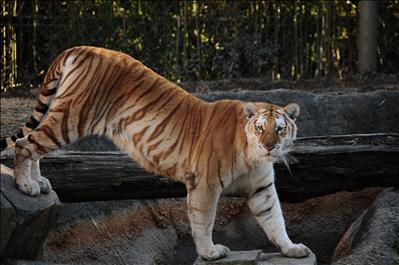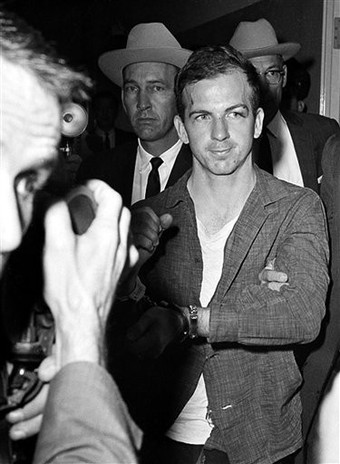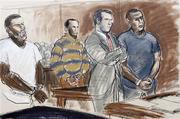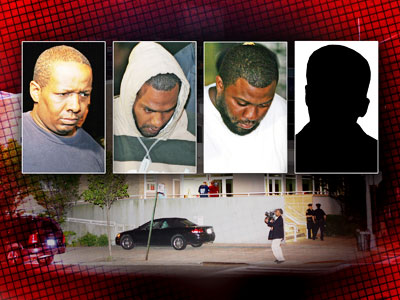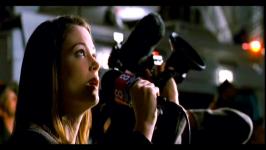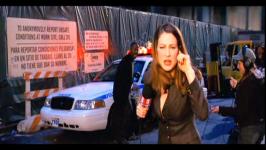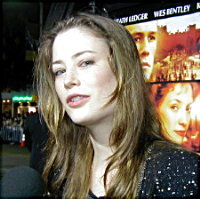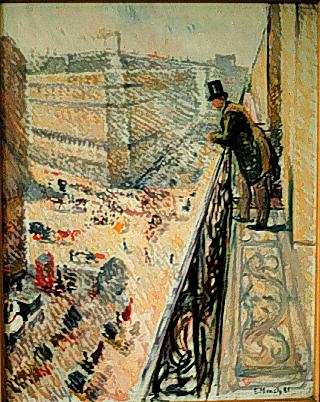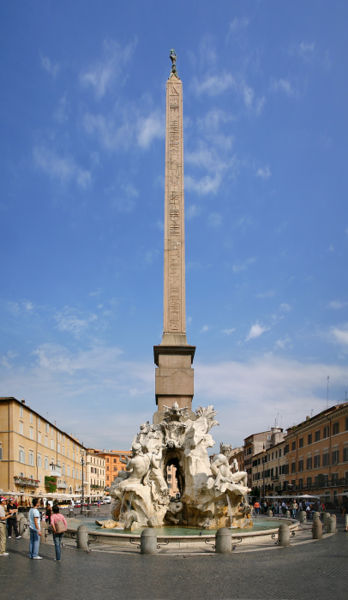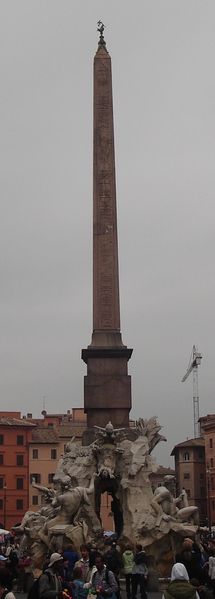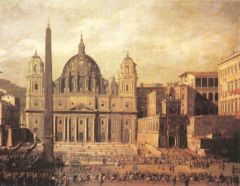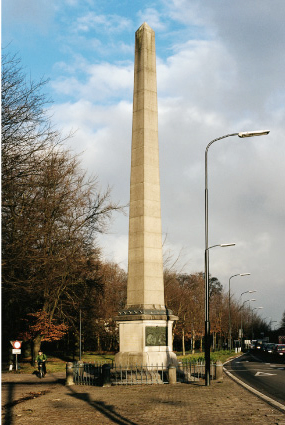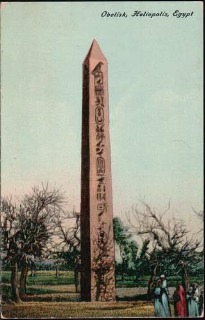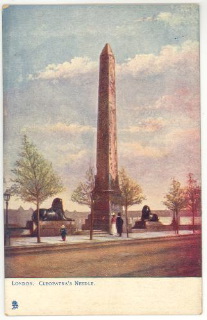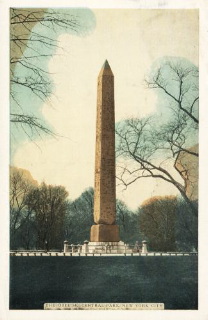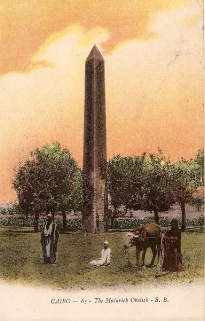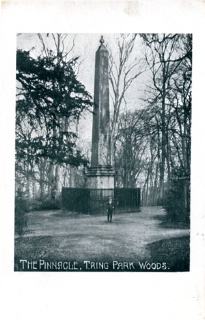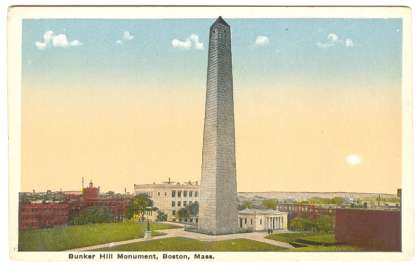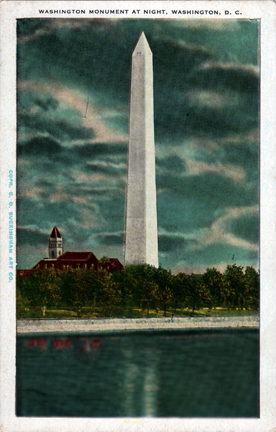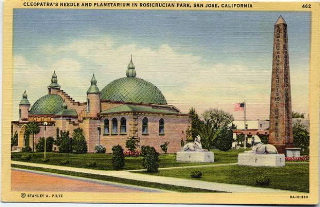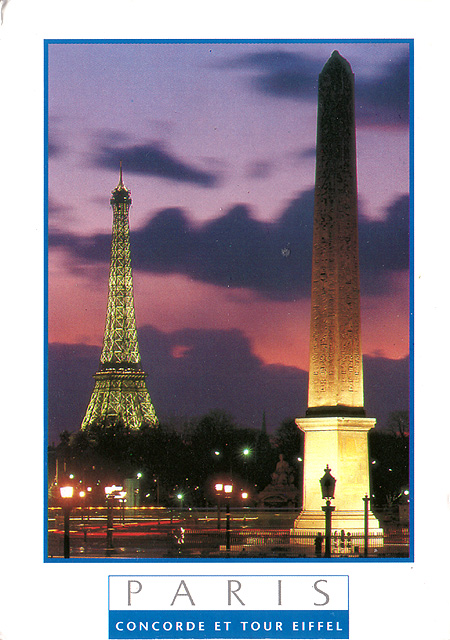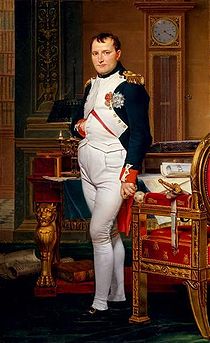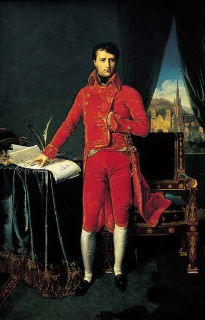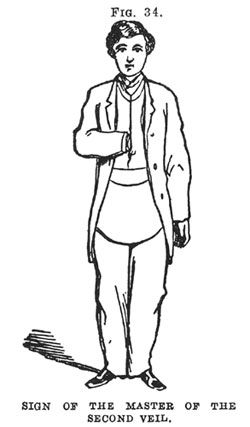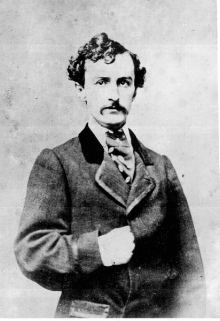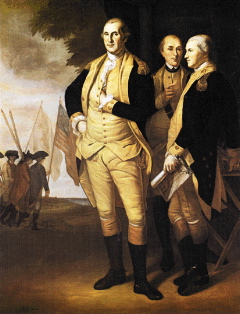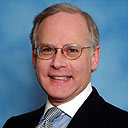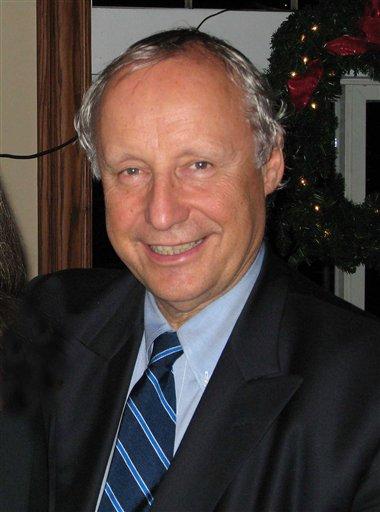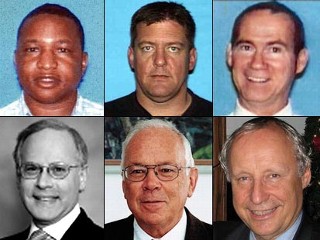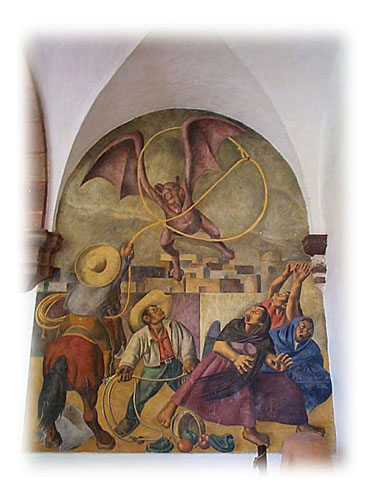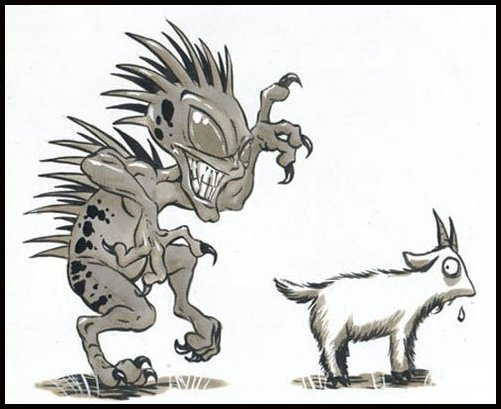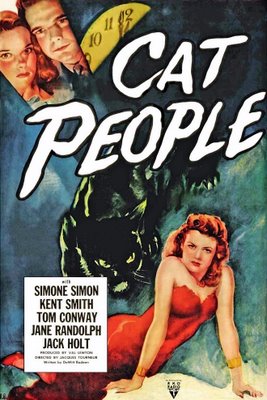
There have been more zoo animal attacks, with one resulting in a fatality in New Zealand and another a death in South Zealand. A cluster of such incidents has occurred since the weekend. What's going on?
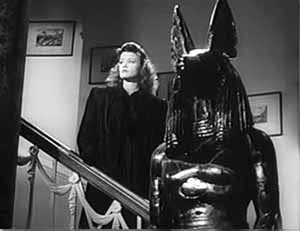
First the latest news, and then I'll share a review of recent incidents.
On Wednesday, May 27, 2009, senior zookeeper Dalu Mncube (pictured below, with a lion) was mauled to death by a white tiger at Whangarei's Zion Wildlife Gardens as eight horrified tourists, including two young children, witnessed the attack.
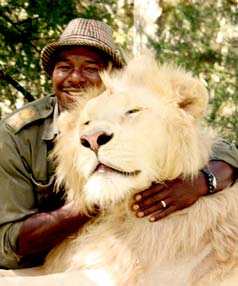
Northland Police spokeswoman Sarah Kennett confirmed that, at about 11am on Wednesday, two keepers went in to clean the white tiger enclosure when the animal attacked Mncube. (The time of 11:00 a.m. Wednesday, May 27, 2009 in New Zealand, converts to 4:00 p.m., Tuesday May 26, 2009, in the Pacific Time Zone/North America.)
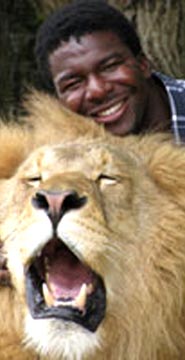
Despite the best efforts of the other keeper, the royal white Bengal tiger wouldn't let go. Mncube, who had saved a colleague in an attack earlier this year, died at the scene before an ambulance arrived at the park.
The tiger has since been shot dead. The other keeper was not injured.
The tourists who watched the attack - six adults and two children thought to be from England and New Caledonia - were being offered counselling through Victim Support.
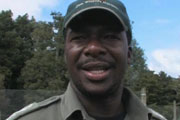
The South African, known as "Uncle Dalu," had been the park's senior cat handler since Craig "The Lion Man" Busch was sidelined following a business dispute with the park's boss, his mother Patricia Busch. Craig Busch says the fatal mauling of a keeper at the park is "absolutely tragic."
Zion Wildlife Park is home to 42 rare lions and tigers.
Mncube had saved fellow park employee Demetri Price during a white tiger attack in February 2009, after he used his hands to open the animal's jaws. Price required surgery after he was attacked by the cat who had been spooked by a pride of lions. The zoo has had a series of incidents in recent years making it "controversial," according to the New Zealand National.
Meanwhile, from New Zealand to South Zealand, as in Denmark, it was discovered on Monday, May 25, that on Sunday, May 24, a zookeeper apparently decided to die by suicide by having Bengal tigers there maul him to death.
The body of a former employee of Næstved Zoo was partly eaten by white tigers after the man broke into their enclosure on Sunday night.

One of the Næstved Zoo's white tigers.
Ekstra Bladet newspaper reports that the remains of the man were found by zoo staff on Monday morning. An investigation showed that the man broke into the tiger enclosure with a flammable substance, where he set fire to the straw and opened the door to the animals’ cage so they could get access to him.
The man had been employed as an animal keeper at the South Zealand zoo for ten months, where he was described as having a deep fascination with the zoo’s Bengal tigers. He developed a mental illness last winter which resulted in him losing his job due to the perceived security risk, according to the Copenhagen Post.
"'Hm,' said Bond. 'Bogeyman stuff.'" ~ Ian Fleming, Live and Let Die, 1954.
The animal incidents constitute a remarkable cluster.
Is what is taking place here merely the reflective factor at work, where humans don't notice how frequent these types of events occur until they are brought to their attention? Is it all coincidence? Or an enemy action?
So, of course, I compiled a list, to ponder the short view of the long weekend.

Jane Randolph, who starred in the two Cat People film noir classics of the 1940s, as the “other woman,” died earlier in the month.
Let's look at this recent animal incidents cluster:
Zookeeper Dalu Mncube was killed by a white tiger at a zoo in New Zealand. Wednesday a.m., May 27 local date. (Tuesday, May 26, USA.)
An elementary-aged girl Bailey Rhine Stine was attacked by a pet mountain lion on Lones Road in Columbiana County, Ohio, near Lisbon. Monday a.m., May 25.
A former zookeeper died (apparently by suicide) from being killed by two Bengal tigers at a South Zealand, Denmark, zoo. Sunday late p.m., May 24.
A 14-year-old female mountain lion escaped from the Brit Spaugh Zoo, before being shot and killed by police at the Kansas zoo. Sunday p.m., May 24.
A moose was killed in Thompson Lake, Oxford County, Maine, after it began swimming around boats. Sunday p.m., May 24.
A female moose wandered into Portland, Maine, and was killed by police when it was deemed a danger to the public. Sunday a.m, May 24.
A zookeeper was bitten in the leg by a 3-year-old Bengal tiger at the Memphis Zoo. Sunday a.m., May 24.
Royal Bengal Tigers have killed 36 people in Bangladesh during the first four months of 2009. The tigers prey on villagers in the Sundarbans, the largest mangrove forest in the world and home to the Royal Bengal Tigers. In the mangrove forest in Bangladesh, at least 100 people are killed by the Royal Bengal Tigers. The villagers also kill tigers wandering around their village, at the rate of a dozen tigers a year. Sunday, May 24, Digital Journal.
Enemy action, indeed?
A great deal of Bengal tigers appear to be in the mix above, in an ongoing war that seems to be going in both directions.
On May 24, 2009, the The Liberation Tigers of Tamil Eelam or the Tamil Tigers admitted that its founder and leader Velupillai Prabhakaran, was dead and declared a week of mourning starting the next day. The Sri Lankan war that had begun in May 1976, was over, according to the BBC News.
Or maybe it is only the The Butterfly Effect at work?
Malta Today reports that naturalists have recorded thousands of painted lady butterflies (Vanessa cardui) migrating over the Maltese islands. Sunday, May 24.
New Moon - Sunday, May 24, 2009, 12:11 Universal Time.
"Love of life is born of the awareness of death, of the death of it." ~ Ian Fleming, The Spy Who Loved Me, 1962.
(Thanks to Cryptomundo correspondent and Aucklander celebrity, Club Bizarre's Mark Wallbank for the Kiwi news tip.)
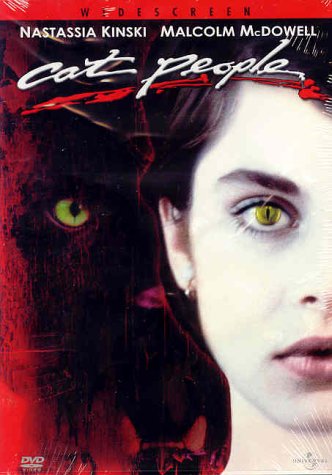
Added later...

